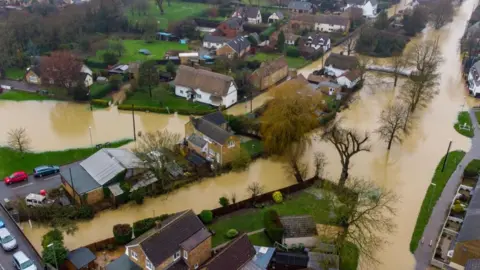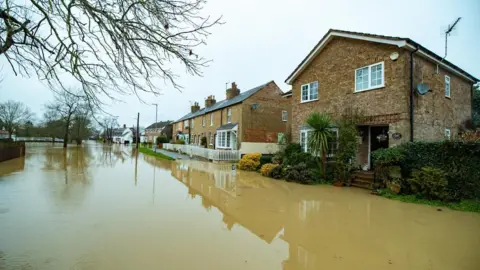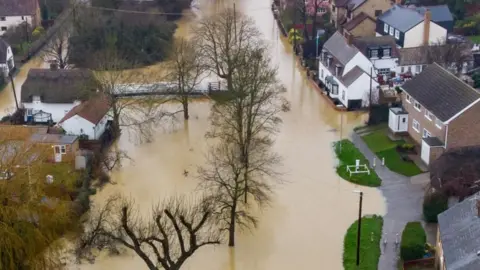Cambridgeshire approves a new flood strategy
 Terry-Harris.com
Terry-Harris.comThe council in charge of one of the lowest and flattest English counties has updated its flood strategy to adapt to climate change.
More than 200 homes were flooded in Cambridgeshire in December 2020 and more than 300 were flooded in 2014.
County councillor Lorna Dupre said: "The climate emergency means the frequency and impact of such flood events is likely to increase."
The new plan has been approved by the council's environment committee.
 Terry-Harris.com
Terry-Harris.comThe Cambridgeshire Fens are one of the lowest-lying areas of the UK and it is projected they could be underwater by 2100 if defences are not sustained, according to Cambridgeshire County Council.
It is required by law to develop and apply a local flood risk management strategy and its current plan needed updating.
The council's new strategy follows a two month public consultation
As a result, changes include "greater reference to the natural and historic environment, greater representation of local flooding issues, the impact of new development on flood risk [and] communication with the community".
 Terry-Harris.com
Terry-Harris.comMs Dupre, who chairs the council's environment and green investment committee, said: "The flooding in 2020 demonstrated the importance of community flood groups.
"One of our goals is to harness this community spirit and work alongside communities who know their local area in detail to ensure we don't miss opportunities to tackle the risks posed by flooding."
The council will now work with partner organisations, such as district councils, internal drainage boards and the Environment Agency, to improve flood prediction and deliver projects to address flooding and flood risk.

Find BBC News: East of England on Facebook, Instagram and Twitter. If you have a story suggestion email [email protected]
